by Michael Haskew
The word “Viking” conjures up images of fierce, seafaring warriors, armed to the teeth and wearing horned helmets, descending upon defenseless villages in Western Europe and the British Isles to rape, murder, and pillage. No doubt, there is a strong element of truth and documented history of such behavior. These bold Norsemen, from the ragged coasts of Scandinavian Norway, Sweden, and Denmark, were indeed raiders without peer during a 300-year reign of intermittent terror from approximately the Eighth through the 11th centuries, A.D., a period commonly referred to as the Viking Age. But they were much more.
[text_ad]
No Horn-Studded Helmets, But Plenty of Violent Invasions
There is no evidence, by the way, that real Vikings ever wore helmets sporting horns. Much of the understanding of the Vikings in popular culture has emanated from the embellishment of their appearance and the fixation with their violence that emerged during periods of great fascination with their culture both during the 18th and 19th centuries. Nevertheless, it cannot be denied that they were pagans who did conduct bloody raids against otherwise peaceful villages, Christian monasteries, and settlements and struck fear into the hearts of their potential victims. They were also explorers, traders, and merchants, who left their mark on civilization as we know it today.
What compelled these early Scandinavian peoples to embark on voyages that carried them not only to the British Isles, Western Europe, and the Mediterranean, but also to the vast interior of Russia along its major river arteries, and even to Central Asia and North America? Scholars speculate that warm winters in Northern Europe may have contributed to a population boom that taxed the limited arable farmland of Scandinavia beyond its ability to support large numbers of people. Others assert that the lure of the unknown was enough to cause the Vikings to venture to sea in their longboats, constructed in the sturdy clinker method of overlapping planks. These vessels proved remarkably seaworthy and carried the Vikings across thousands of miles of open ocean.
Raids Progress to Migrations
Raids eventually grew into migrations, and the Vikings settled in many of the lands they explored and pillaged, establishing villages that in time grew to become major European cities. For example, the city of Dublin, Ireland, began as a Viking settlement in the ninth century and evolved into a prominent center of trade. The names of familiar areas in modern Britain, such as Derby and Whitby, meaning Deer Village and White Village respectively, are of Viking and Scandinavian origin. In the East, the cities of Kiev and Novgorod are among those that began as Viking outposts or villages. The archaeological record bears evidence of the extent of Viking exploration. Silver coins produced as far away from Northern Europe as Baghdad, a bustling hub of trade and commerce in Mesopotamia, have been found in burial sites in Western Europe along with fragments of silk and spices with origins in the Middle East.
The influence of the Vikings on Western civilization was far reaching. The need to defend against the raiders gave rise to the system of feudalism that dominated Western Europe for centuries. Their descendants brought new ethnicity to the regions where they settled and assimilated.
The fierce reputation of the Vikings is well deserved, and their remarkable impact on the course of history has made them the stuff of lore and legend.
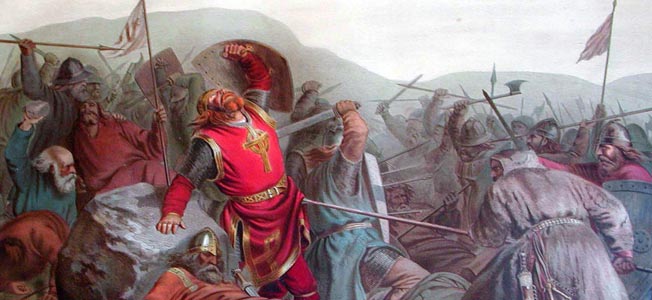

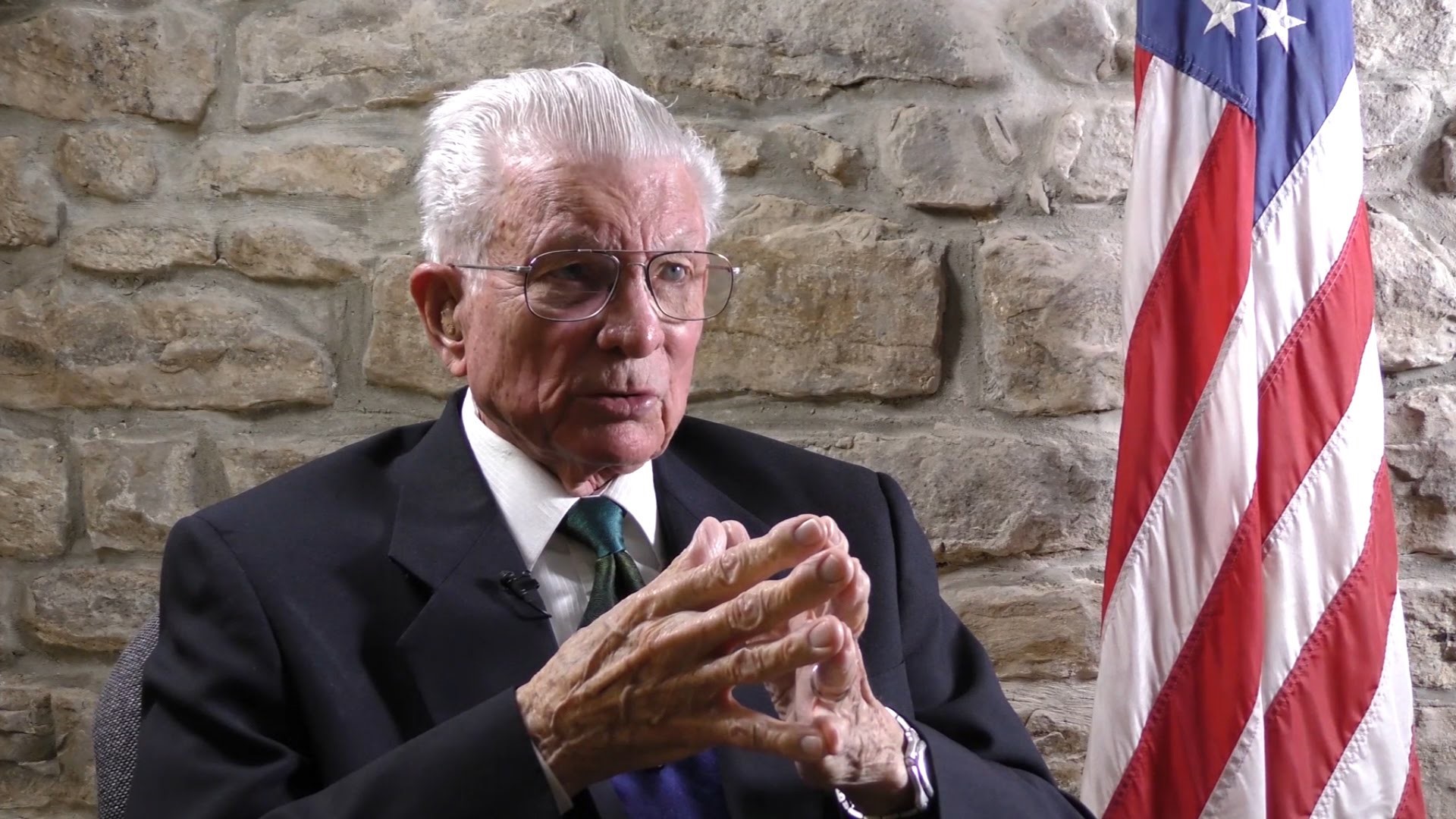
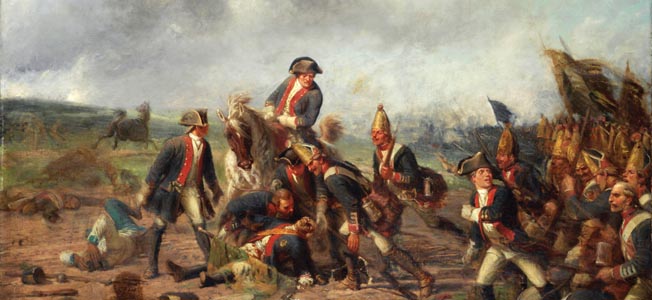

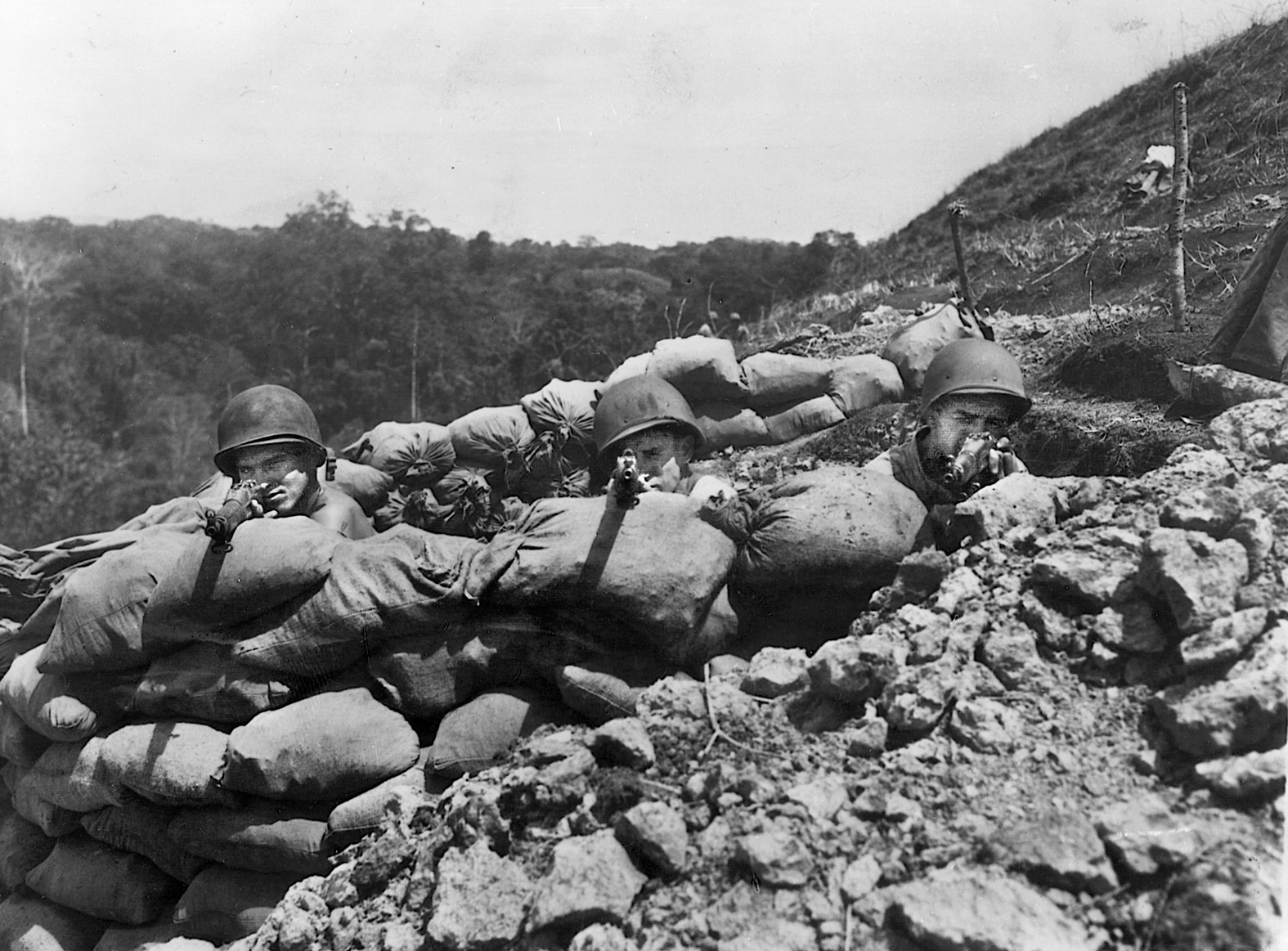
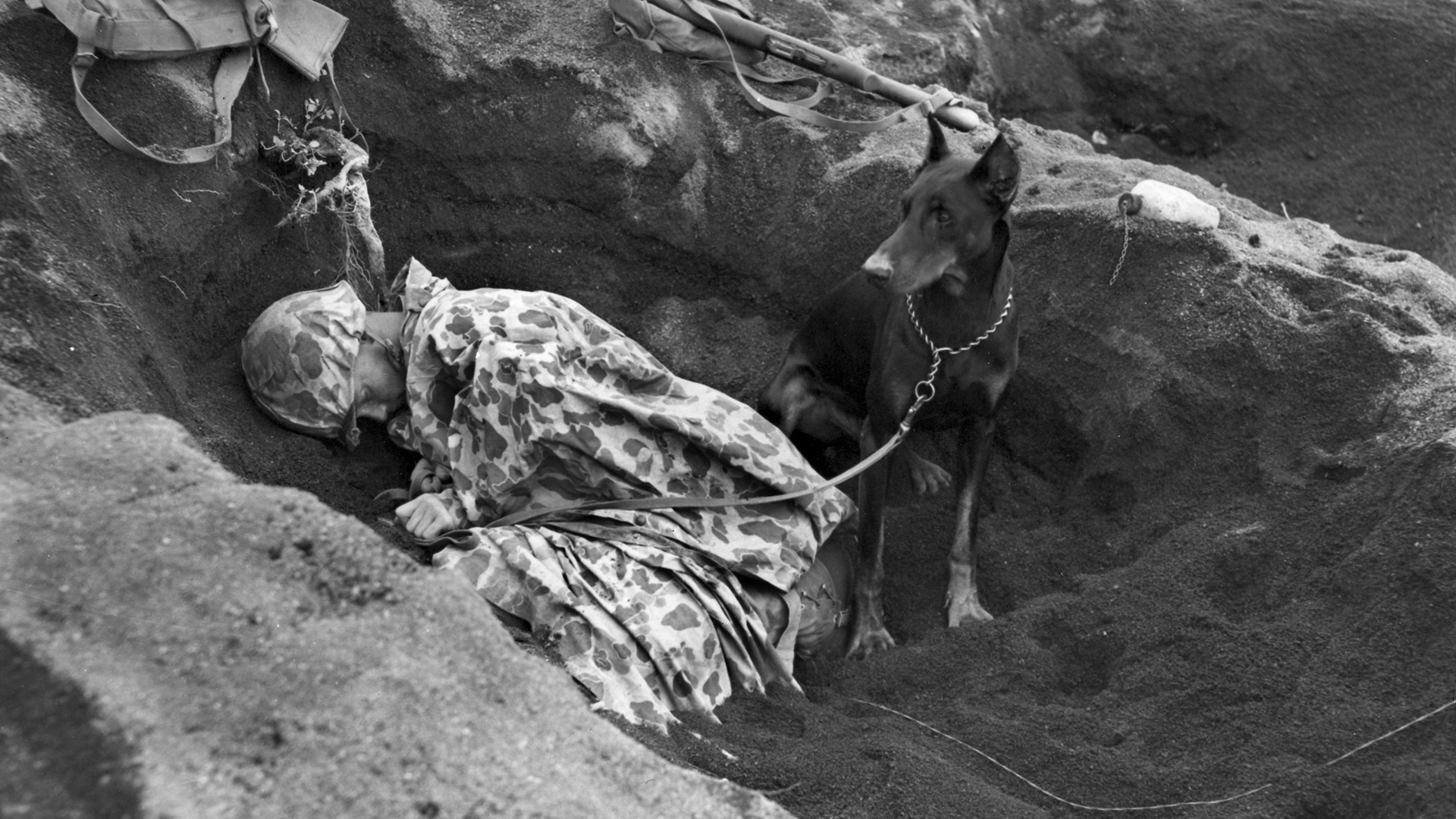
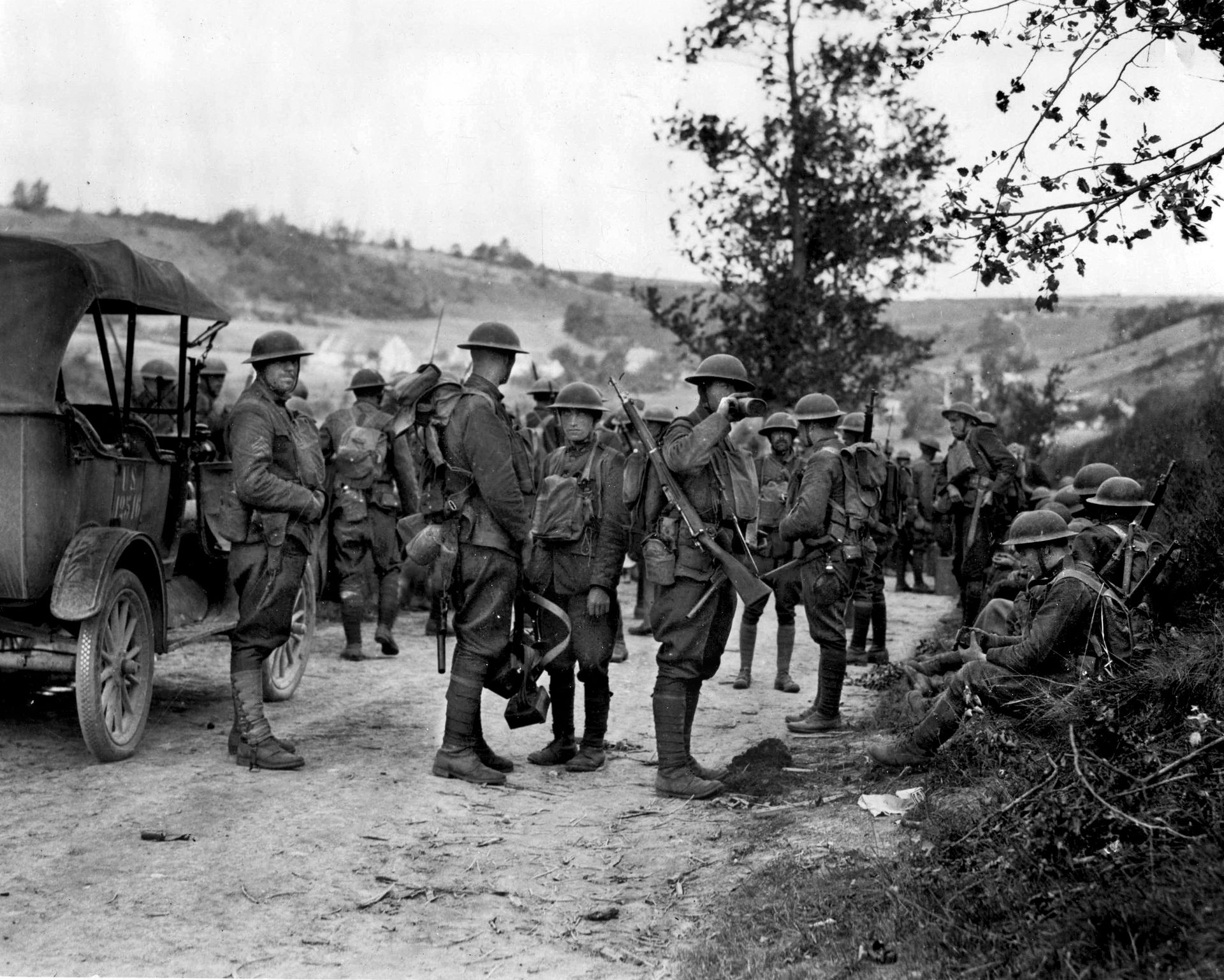
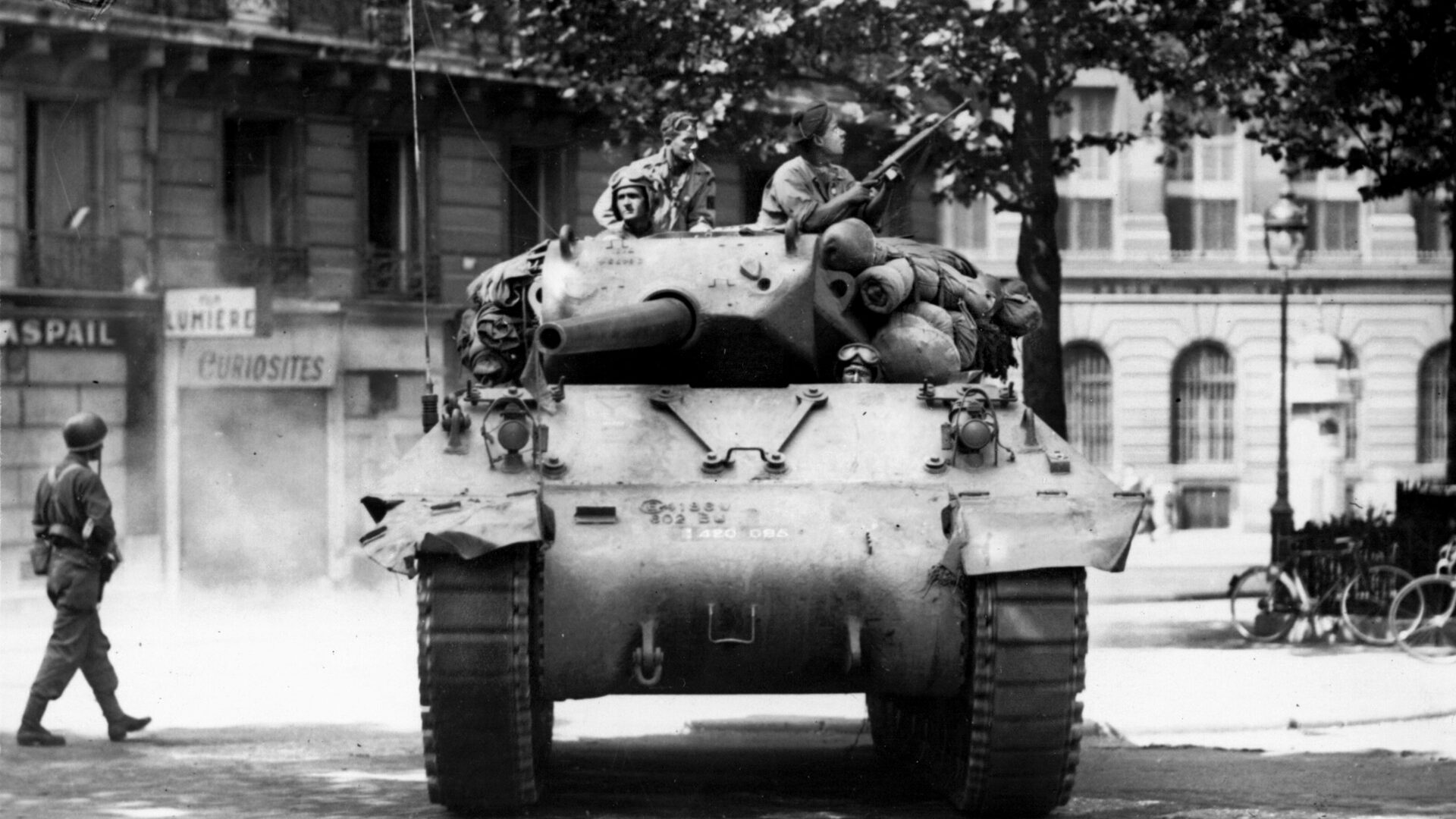
Join The Conversation
Comments
View All Comments